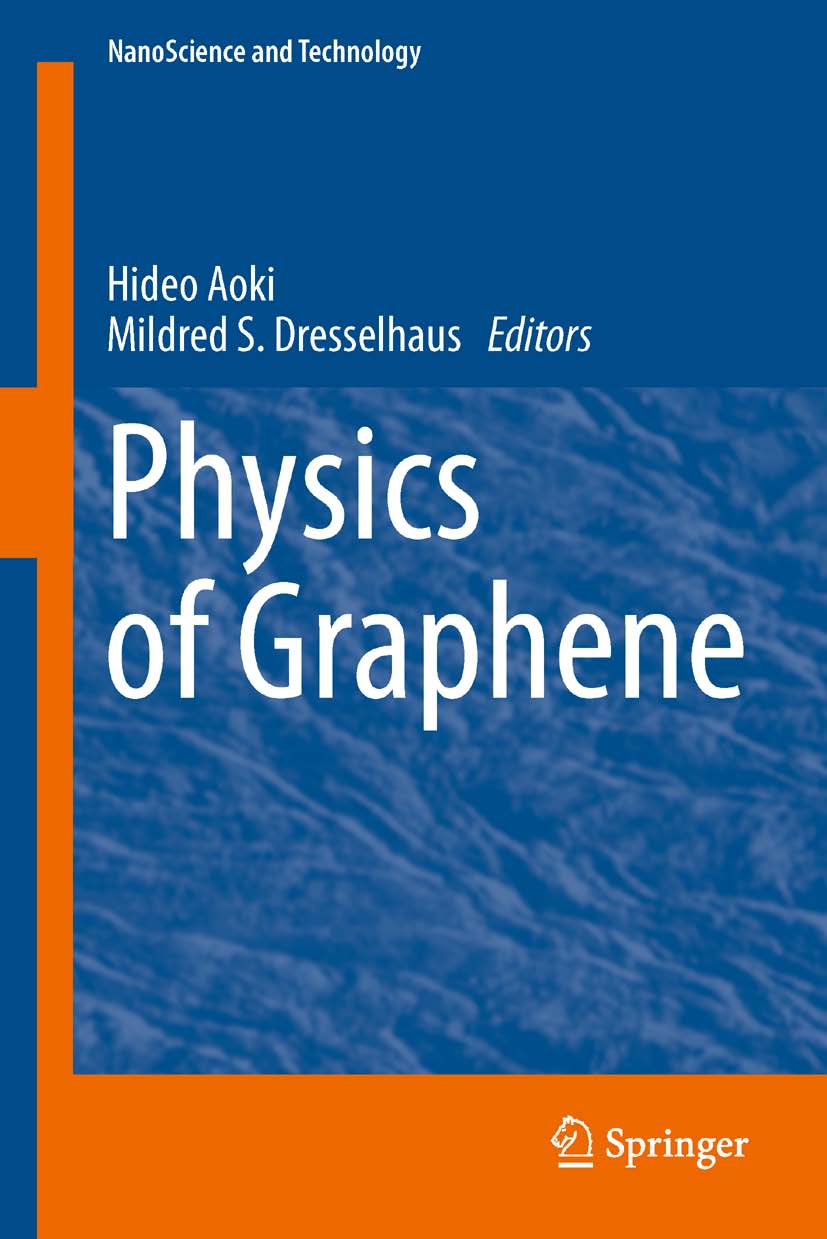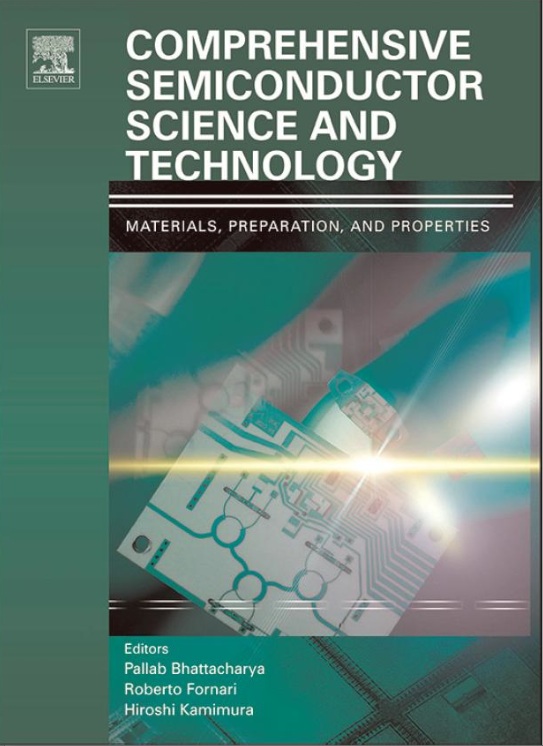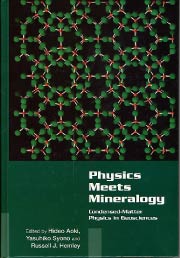Books
- Hideo Aoki and Mildred S. Dresselhaus (ed.): Physics of Graphene (Springer, 2013)
- "Integer quantum Hall effect" in P. Bhattacharya, R. Fornari and H. Kamimura (ed.): Comprehensive Semiconductor Science & Technology (Elsevier, 2011), pp.175-209.
- Physics Meets Mineralogy: condensed matter physics in geosciences / edited by Hideo Aoki, Yasuhiko Syono, Russell J. Hemley (Cambridge University Press 2000) ISBN 0-521-64342-2
Hideo Aoki and Mildred S. Dresselhaus (ed.): Physics of Graphene (Springer, 2013)
 Fascination with graphene has been growing very rapidly in recent years
and the physics of graphene is now becoming one of the most interesting
as well as the most fast-moving topics in condensed-matter physics.
Fascination with graphene has been growing very rapidly in recent years
and the physics of graphene is now becoming one of the most interesting
as well as the most fast-moving topics in condensed-matter physics.Needless to say, the Nobel prize in physics awarded to Andre Geim and Konstantin Novoselov in 2010 has given a tremendous impetus to this topic. Several years have passed since Andre Geim and his group put forward their method for the fabrication of graphene, as a result of which an anomalous quantum Hall effect was observed. This, however, is only one of the hallmarks of the unusual properties of the graphene system. The horizon of the physics of graphene is ever becoming wider, where physical concepts go hand in hand with advances in experimental techniques. Thus we are now expanding our interests to not only transport but also optical and other properties for layered systems that include multilayers as well as monolayer graphene.
Thus it should be very timely to publish a book that overviews the physics of graphene, which is exactly why we have edited the present volume, where general and fundamental aspects in the physics of graphene are overviewed by outstanding authorities. The book comprises five experimental and five theoretical chapters.
We have endeavored to have reasonable levels of accessibility to students as well, with some heuristic introductions in each chapter.
Given the unusually rapid progress in the field of graphene, we have found it impossible to cover all the frontiers, while parts of the chapters do extend to advanced levels. For instance, wehave not covered much on graphene applications, which would require another volume.
We hope the state-of-the-art articles presented here on graphene physics, which start from the “massless Dirac particle” and proceed with further unique aspects of graphene, will benefit a wide audience, and encourage them to go even further and to explore new avenues in this fascinating topic.
Visit
http://link.springer.com/book/10.1007/978-3-319-02633-6
for viewing the table of contents, etc.
Comprehensive Semiconductor Science & Technology

While "Handbook on Semiconductors" (in 4 vols) was published in the
1990's, this is a modern version, where each chapter is intended to be
a comprehensive review. My chapter is on the integer quantum Hall
effect, which also covers graphene QHE.
Physics Meets Mineralogy: condensed matter physics in geosciences

If you ask yourself 'what is the commonest material on earth?' The answer is, needless to say, rock-forming minerals. If you go back to the cosmic abundance of elements, oxygen, carbon, neon, nitrogen, magnesium and silicon are the top six (apart from hydrogen and helium,) where most of them are indeed main constituents of rocks. A goal of the modern mineralogy is to understand everything on atomic scales. This is exactly what the modern condensed-matter physics is all about. So it is natural that the condensed-matter physics should be applied to mineralogy and earth sciences, just as the particle physics is a key tool in understanding cosmology.
The present book is intended to give a state-of-the-art description of intensive interactions between geophysics and condensed-matter physics that recent years have witnessed. Although you might assume that, given the matured solid state physics, the crystal structures of materials must have been readily understood in atomistic, non-empirical terms, this naive expectation has not been, incredulously enough, satisfied until quite recently.
While traditional mineralogical principles had largely remained empirical, some people have conceived an idea that the modern theoretical solid-state physics must become the foundation of mineralogy and geophysical sciences. One of the pioneers who have realised this way of thinking is Professor Yoshito Matsui in Japan. Following the tradition of Goldschmidt, he realised the importance of identifying and characterising the underlying physics that control geochemical, geophysical, and geological phenomena over the entire P-T range relevant to the Earth. In so doing, he directed the development of new experimental high-pressure facilities with close collaboration with Dr. Eiji Ito that would be required to understand the rich and sometimes unexpected behaviour of minerals under conditions found deep within the planet.
In the tradition of Pauling, he sought a fundamental understanding of the behaviour of materials from interatomic interactions. He was among the first to apply state-of-the-art molecular dynamics to understand mineral behaviour, and to predict behaviours under extreme conditions. To this end, he and his group obtained remarkably accurate interatomic potentials for silicates now used by a large number of physicists, chemists, materials scientists, and mineralogists throughout the world.
A recent scene remembered by the international community is a successful symposium, "Computational physics in mineralogical sciences", organised by Matsui and one of the editors of this book (Hemley) at the 1992 International Geological Congress in Kyoto. The event made us feel that the "first-principles" way of looking at crystals enabled physicists and mineralogists seriously interact virtually for the first time.
Two technological advances, theoretical and experimental, play major roles here: One is the advances in the computational solid-state physics with super- and parallel-computers, the other is high-pressure geoscience. We can even make the two compete in obtaining novel crystal structures under high pressures, which was, in Matsui's words, 'the very first see-saw game between the computer science and real experiments'. The impact of the works of Matsui in collaboration with Tsuneyuki and coworkers (condensed-matter physicists) on the first-principles study of crystal structures have been noted by Sir John Maddox in an article entitled `Crystals from first principles' in 'News and Views' column of Nature (335 (1988) 201). He even added that `a demonstration of success [along this line] can rank, psychologically, with the example set by those who first climbed Everest'. This article in turn continues to be quoted (e.g., Nature 381 (1996) 648) in an urge to push the progress still further.
Although the publication of the present volume was originally planned as a Festschrift to honour Professor Matsui's accomplishments at his retirement from the Institute For Study of the Earth's Interior, Misasa, in 1997, the present volume is eventually conceived to be a standard book, covering recent investigations, contributed by outstanding researchers from both geosciences and condensed-matter physics, that can be referred to for coming decades. To help that purpose we have included an introductory chapter. Section II of that chapter highlights how major advances in the interplay between mineralogy and condensed-matter physics arose. This forms the backdrop for the articles contributed to this volume, which are summarised in section III of the chapter.
So we believe that the present volume will benefit a wide range of readers, including
- condensed-matter physicists,
- geophysicists/mineralogists,
- crystallographers,
- solid-state chemists and materials scientists.
We wish to thank all the contributors, who have made the present volume rich and of high standards. They are also indebted to Professor Shinji Tsuneyuki for his help in editing the book, and Dr Matt Lloyd for his interests in publishing this book.
Finally, to quote John Ziman in his Principles of the Theory of Solids, physicists 'have heard the music of the spheres; and yet they know that science if made for man, not man for science'. So let us finish by paraphrasing that we wish to hear the music of the globe through the betrothal of physics and mineralogy.
Contact
Hideo Aoki
Professor of Physics
Department of Physics,
Faculty of Science Bldg.1
University of Tokyo
Hongo, Tokyo 113-0033 Japan
Email:
aoki_at_phys.s.u-tokyo.ac.jp